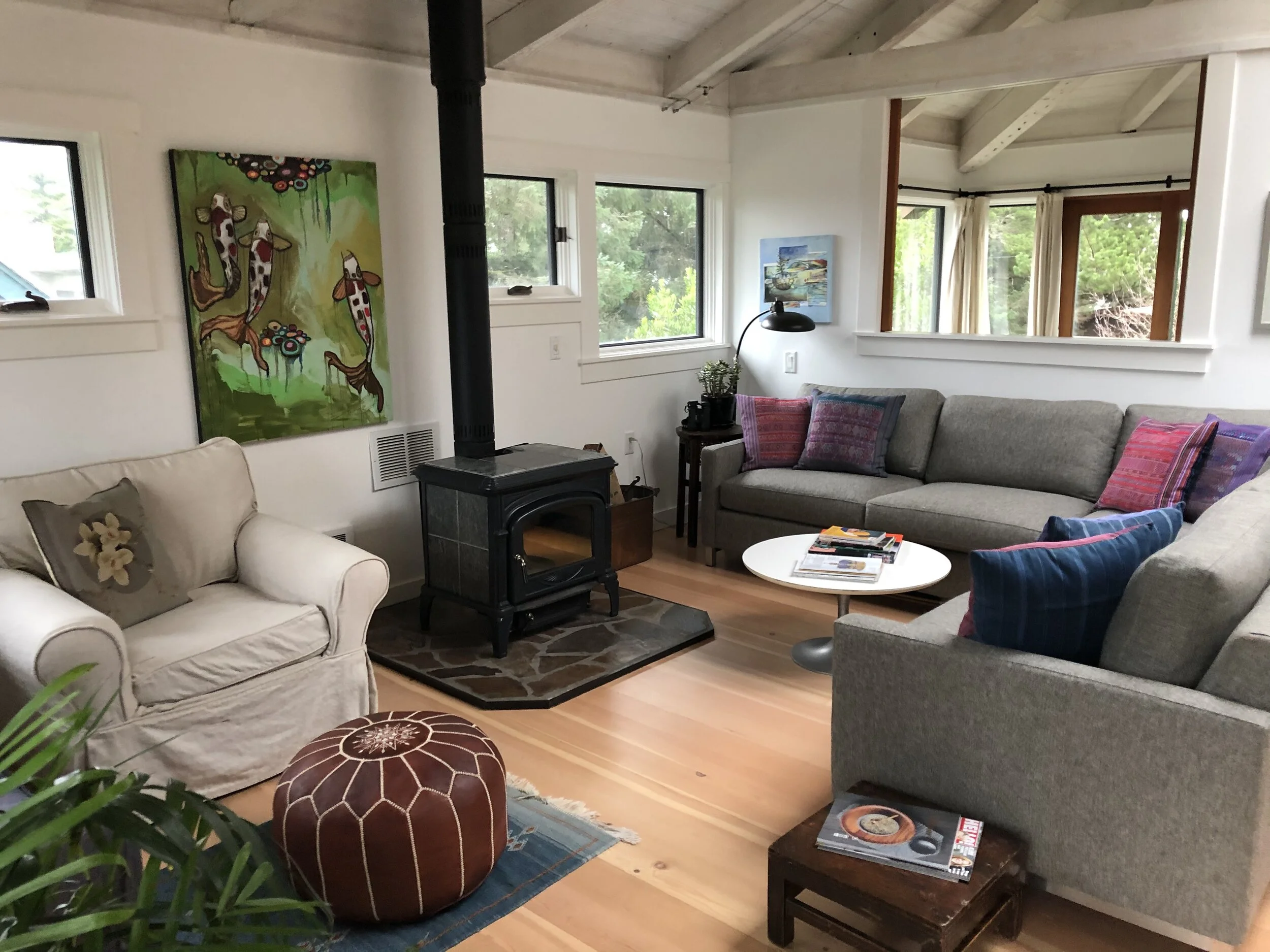Savoring moments of transient clarity
/I was walking with our dog on the beach in Oregon this morning and it was lovely. We’d had quite stormy weather lately and the sea yesterday was brown from the big winds and waves and stirred up sea bottom. Today was the blessed relief, the calm after the storm.
And I noticed I was having a similar experience in my mind. I forget how much much my busy mind obscures the moment and what is right in front of me. This morning I experienced spacious mind for a bit and it was so lovely, another blessed relief.
Not that I’m bothered by what I think about and muse on. I find that much of the fun of life. But when I periodically also experience a really quiet mind I’m reminded of the depth of beauty, even the sacred in just the moment. Now this was helped along by the astounding beauty of the sea and Oregon coast. But I can often walk along the seafront and be almost lost in thoughts and hardly notice my surroundings. Anna and I will finish a walk and be surprised how it flew by as we were having some riff about something or other.
Not that either busy or quiet mind is better than the other. But I do love the calm mind as it tends to be the exception rather than the rule. One of the aspects of beauty I so appreciate is it’s ability to bring me to the present and out of my head. Like something really beautiful can be like a dive into a cool clear lake, immediately bringing one to the present.
This is why I explore what is it that is truly moving and beautiful in our homes and lives. Because I think that is also where the gods and goddesses hang out and it’s so enlivening to spend time there!









